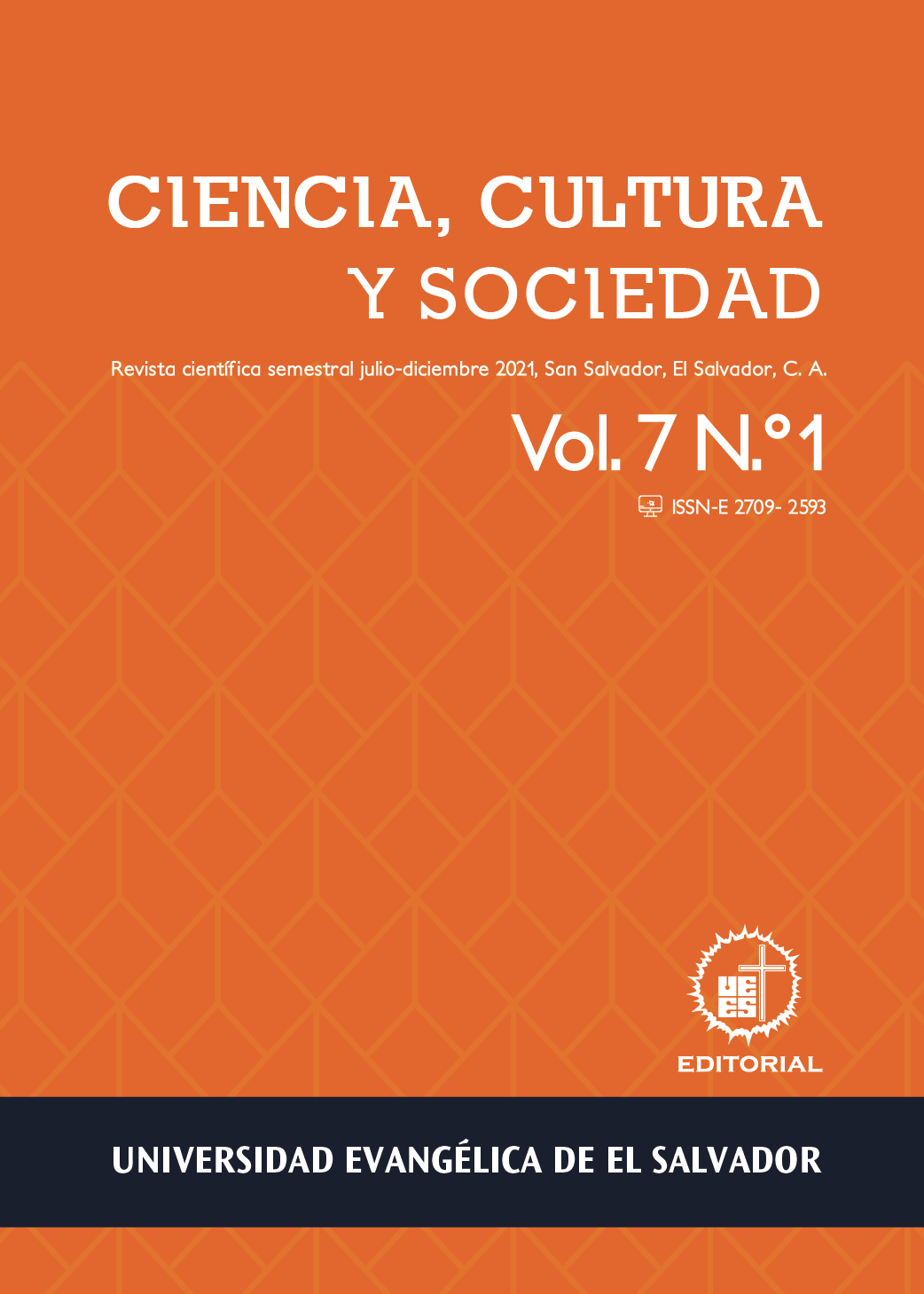Development of a technological didactic tool for learning and monitoring vital signs for students
DOI:
https://doi.org/10.5377/ccs.v7i1.13290Keywords:
Vital signs, blood pressure, pulse rate, oximetry, base of data, El SalvadorAbstract
The objective of supporting the Nosology II subject was to develop an innovation project through a didactic tool that offered efficient training in the analysis of the clinical diagnosis of vital signs, since one is not available. Currently, technology offers a number of device options for the development of these innovative projects. For this reason, it was decided to carry out a didactic tool to simulate various states in the vital signs of a patient, which would allow students constant training. The type of innovation for this project is incremental, because an added value has been created on an existing product; adding new improvements to specific needs, becoming new products. A methodology was needed to guide the progress of the proposal, using an unstructured interview with two medical professors, in charge of developing nosology chairs. In addition, a focus group was developed with nosology II students, which allowed them to know their needs and for technical advances, it was divided into two phases: one consisted of electronic development and the other, in the development of software and infrastructure. Communication. It was possible to obtain a didactic tool that contributes in the practices, strengthening the learning in the
analysis of the clinical diagnosis issued by vital signs.
Downloads
327
Downloads
Published
How to Cite
Issue
Section
License

This work is licensed under a Creative Commons Attribution-NonCommercial 4.0 International License.
The authors give to the copyright to the journal Ciencia, Cultura and Sociedad, and copyright in all forms and media, to be notified of acceptance of your article. The authors can publish their articles in another journal after a semester published in this volume. The content of the articles is the sole responsibility of the authors. To refer to the articles correctly quote the authors.

Ciencia, Cultura y Sociedad articles are published in open access and are under a Creative Commons Attribution-NonCommercial 4.0 International License.

